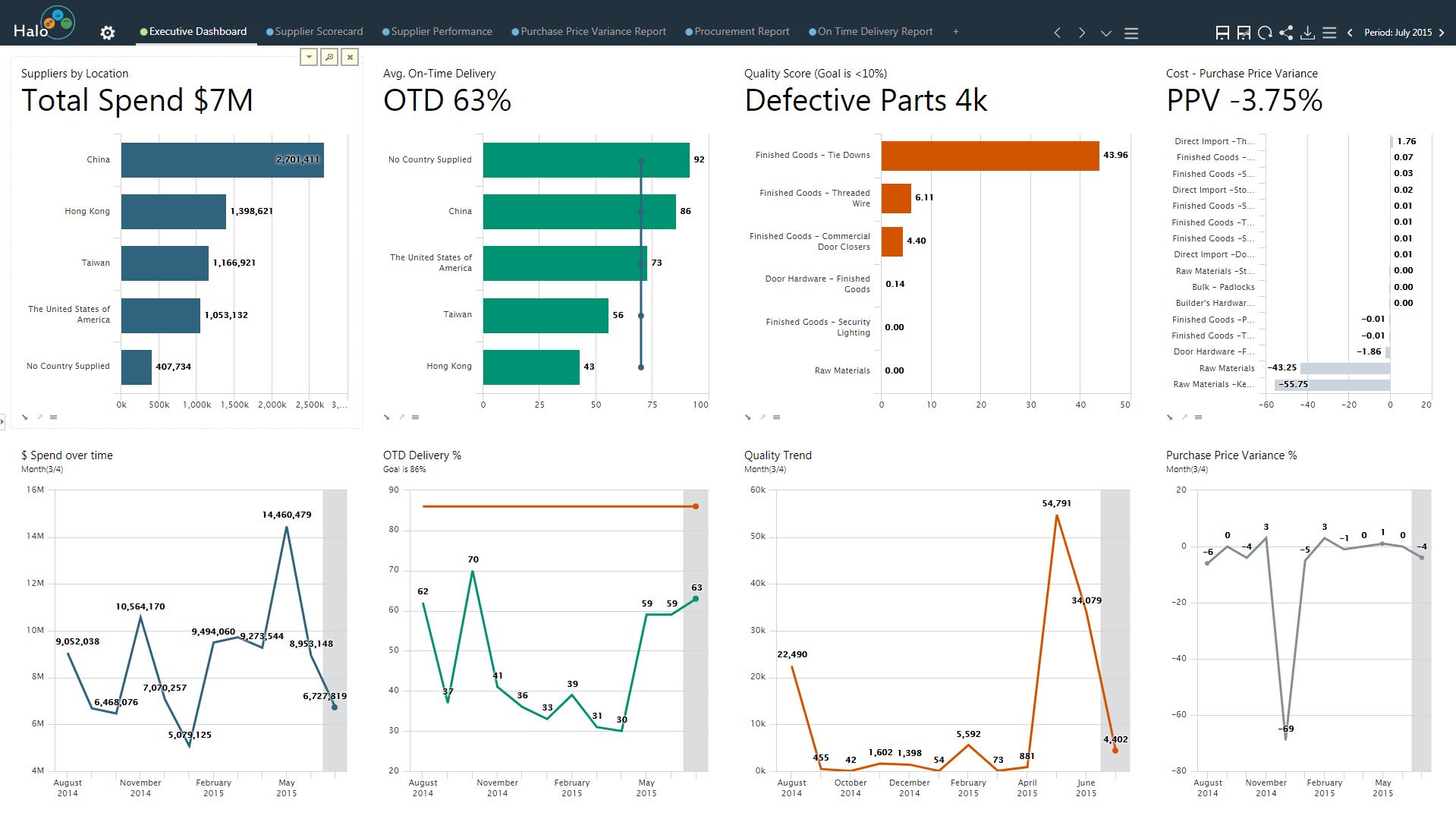
Logility: Complete Buyer's Guide
Enterprise-grade AI forecasting platform for complex inventory management
Logility positions itself as an enterprise-grade AI forecasting platform specifically designed for complex inventory management challenges in ecommerce and omnichannel retail operations. The platform centers on two core AI engines: InventoryAI+ for dynamic inventory optimization and DemandAI+ for demand sensing, designed to address the volatile demand patterns that characterize modern ecommerce operations.
Market Position & Maturity
Market Standing
Logility maintains a strong competitive position as a Leader in Gartner's 2024 Magic Quadrant for Supply Chain Planning, specifically recognized for its "above-average vision for AI" and scalability capabilities[49][56].
Company Maturity
The company demonstrates operational maturity through its established customer base spanning multiple industry verticals, with documented implementations across private-label manufacturing, omnichannel retail, and specialized fulfillment operations.
Growth Trajectory
Strategic growth initiatives include the 2024 acquisition of Garvis, which introduces conversational AI capabilities for real-time demand sensing and scenario planning[42].
Industry Recognition
Gartner's Leader designation in the 2024 Magic Quadrant for Supply Chain Planning, with specific recognition for "above-average vision for AI" and scalability[49][56].
Strategic Partnerships
Enterprise relationships include partnerships with major ERP providers, enabling streamlined integration with SAP and Oracle environments[55].
Longevity Assessment
Logility's market positioning centers on AI transparency and enterprise scalability, differentiating from alternatives through its ability to visualize demand drivers and explain forecasting decisions[40][43].
Proof of Capabilities
Customer Evidence
Radial, a major ecommerce fulfillment provider, achieved 95% of customer demand within two-day transit while reducing cost per package by 5% using Logility's network optimization capabilities[47].
Quantified Outcomes
Performance benchmarks demonstrate consistent results across implementations. The platform's demand sensing technology delivers 25-50% forecast error reduction across documented client deployments[41][46][48].
Case Study Analysis
A private-label beverage producer achieved 10% reduction in finished goods inventory while increasing new product introductions, with forecast errors dropping 25% within six months of implementation[46].
Market Validation
Market validation includes Gartner's Leader designation in the 2024 Magic Quadrant for Supply Chain Planning, with specific recognition for "above-average vision for AI" and scalability[49][56].
Reference Customers
Enterprise adoption spans multiple industries including life sciences (MilliporeSigma), automotive (DENSO), and ecommerce fulfillment (Radial), demonstrating platform adaptability across different operational requirements[47][48][49][53].
AI Technology
Logility's AI architecture combines machine learning and generative AI through its core platforms, delivering transparent forecasting capabilities that differentiate from black-box alternatives.
Architecture
Technical integration capabilities support mature ERP environments including SAP and Oracle, with API-first architecture enabling streamlined data flow from existing WMS and ERP systems[55].
Competitive Advantages
Competitive advantages include the platform's ability to deliver 25-50% forecast error reduction while maintaining transparency in forecasting decisions[41][46][48].
Market Positioning
Logility's competitive positioning centers on AI transparency and enterprise scalability compared to alternatives in the market.
Win/Loss Scenarios
Win scenarios favor Logility when organizations require transparent AI-driven forecasting, have mature ERP systems, and manage substantial inventory values where 10-20% cost reductions translate to significant absolute savings[46][49]. Loss scenarios typically involve smaller retailers seeking rapid deployment or simplified interfaces over enterprise-grade capabilities.
Key Features

Pros & Cons
Use Cases
Integrations
Featured In Articles
Comprehensive analysis of Inventory Forecasting for Ecommerce for Ecommerce businesses and online retailers. Expert evaluation of features, pricing, and implementation.
How We Researched This Guide
About This Guide: This comprehensive analysis is based on extensive competitive intelligence and real-world implementation data from leading AI vendors. StayModern updates this guide quarterly to reflect market developments and vendor performance changes.
56+ verified sources per analysis including official documentation, customer reviews, analyst reports, and industry publications.
- • Vendor documentation & whitepapers
- • Customer testimonials & case studies
- • Third-party analyst assessments
- • Industry benchmarking reports
Standardized assessment framework across 8 key dimensions for objective comparison.
- • Technology capabilities & architecture
- • Market position & customer evidence
- • Implementation experience & support
- • Pricing value & competitive position
Research is refreshed every 90 days to capture market changes and new vendor capabilities.
- • New product releases & features
- • Market positioning changes
- • Customer feedback integration
- • Competitive landscape shifts
Every claim is source-linked with direct citations to original materials for verification.
- • Clickable citation links
- • Original source attribution
- • Date stamps for currency
- • Quality score validation
Analysis follows systematic research protocols with consistent evaluation frameworks.
- • Standardized assessment criteria
- • Multi-source verification process
- • Consistent evaluation methodology
- • Quality assurance protocols
Buyer-focused analysis with transparent methodology and factual accuracy commitment.
- • Objective comparative analysis
- • Transparent research methodology
- • Factual accuracy commitment
- • Continuous quality improvement
Quality Commitment: If you find any inaccuracies in our analysis on this page, please contact us at research@staymodern.ai. We're committed to maintaining the highest standards of research integrity and will investigate and correct any issues promptly.